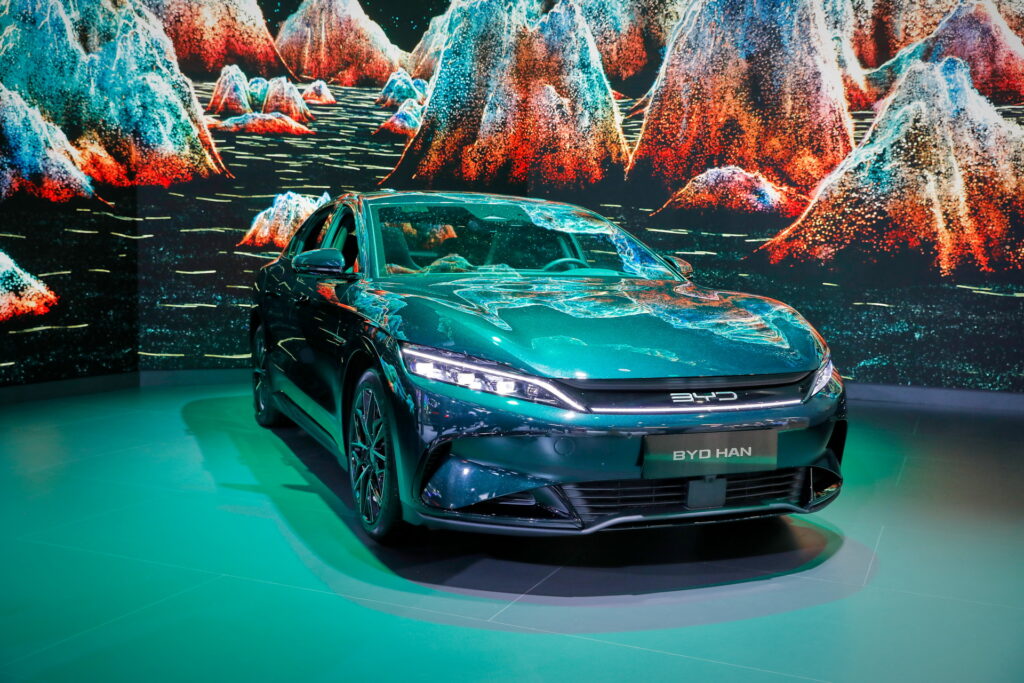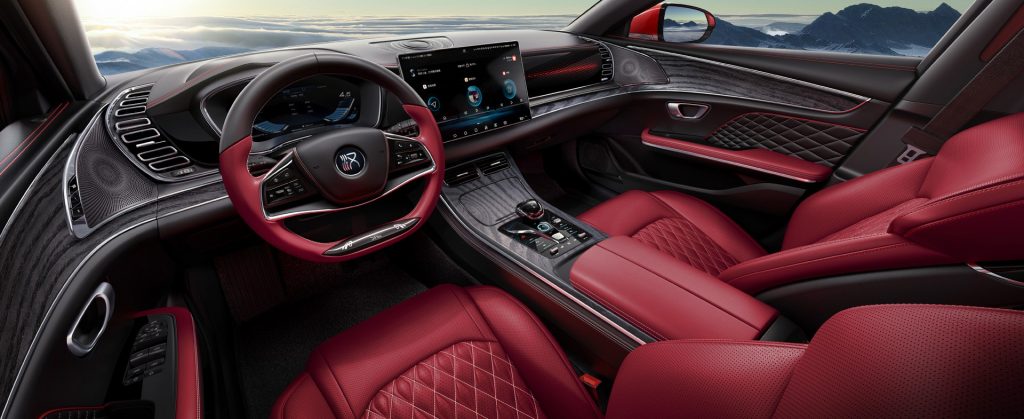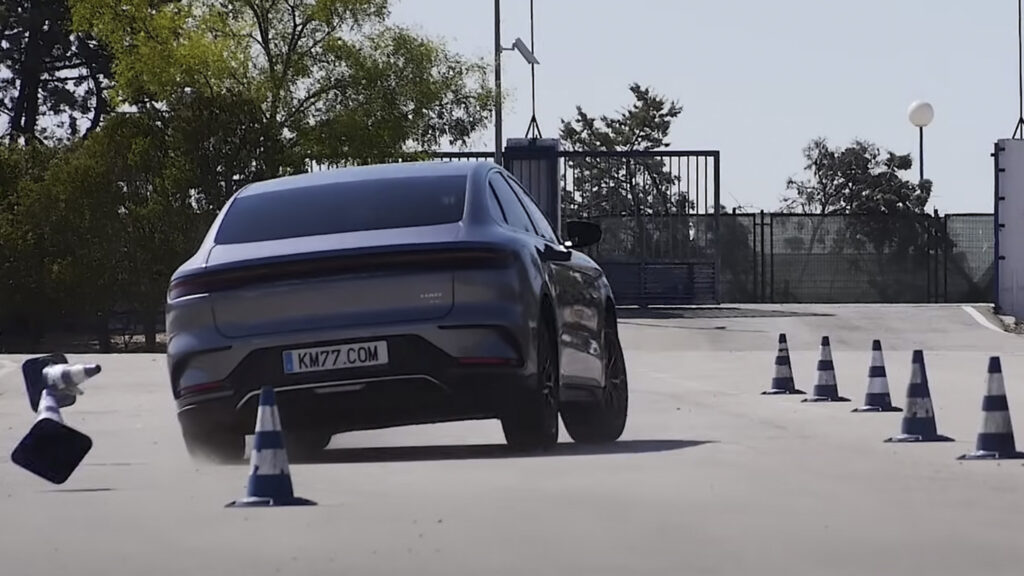China is slowly but surely cracking Europe. Whether it be the fact that there were twice as many Chinese automakers at the 2023 Munich Motor Show than last time or that the country is building more ships to accommodate growing demand, the EU’s automotive landscape is rapidly changing.
At the head of the charge is BYD, which is the self-proclaimed world leader in “new energy vehicles” (aka, EVs and hybrids) and has progressively made inroads into the West. Back in its homeland of China, the company is a force to be reckoned with in the electric space. In Europe, it faces much stiffer competition from the likes of better-known favorites such as Mercedes, BMW, and VW.
Going toe-to-toe with the Mercedes-Benz EQE sedan and the BMW i5, the BYD Han is a hugely important car for the brand. And on paper, it does well. Not only does it undercut its competition on price, but the Han also offers all-wheel drive and an electric range of 521 km (324 miles) on the WLTP cycle.
Related: BYD’s YangWang U6 Set To Become The Most Aerodynamic Production Car In The World

Perhaps the most impressive part, though, is its speed. The BYD Han AWD can rocket to 62 mph (100 km/h) in just 3.9 seconds. To put that into perspective, the BMW i5 eDrive40 will take 6 seconds to do the same, while the Mercedes-Benz EQE 300 takes a comparatively yawn-inducing 7.3 seconds.
But, to paraphrase a certain superhero, with great power comes (the need for) great control. And that may just be where the Han proposition starts to unravel. At least, that’s what the findings from km77.com suggest, as the car is put through the channel’s internet-famous range of agility tests.
In the slalom, it would appear that the tester has difficulty with the responsiveness of the BYD’s throttle. The car is too eager to pile on the speed, meaning that keeping a consistent pace is challenging. The tester calls the car wild and even likens it to a Scalextric car, such is the twitchiness of the throttle. The Han eventually manages to weave through the cones in the same time as the BMW X1 xDrive3, at 23.9 seconds. While not an atrocious result, it trails the leading time set by a Porsche Taycan GTS of 21.5 seconds.
More: BYD Just Built Its 5 Millionth EV And Hybrid, 9 Months After Hitting 3 Million Mark
Next up is the infamous moose test — a trial that has proven to upset even the best sports cars, throwing some surprise results. Sadly for the BYD, the Han fails to perform at the benchmark entry speed of 77 km/h (48 mph). Suffering from bags of understeer, it takes out several cones and fails to even make it across to the third set.
The EV performs much better at a lower speed of 70 km/h (43 mph). However, the Han may have done even better; it could just have scraped through with its performance at 74 km/h (46 mph), but the eagle-eyed observers noticed that the car brushed a cone on entry to the second section.
The moose test result may come as a bit of a disappointment to anyone considering the BYD Han. To put it into perspective, while the Mercedes EQE 350 sedan didn’t manage to pass at the 77 km/h benchmark either, it did successfully the course with a respectable pace of 74 km/h. It was also faster – and, crucially, more predictable – through the slalom.
The testers from km77.com conclude that the BYD Han is not worthy of the “sports sedan” mantle. Instead, it impresses with its power and luxury. But when it comes to chassis dynamics, it would seem the company may need to make a few tweaks.





